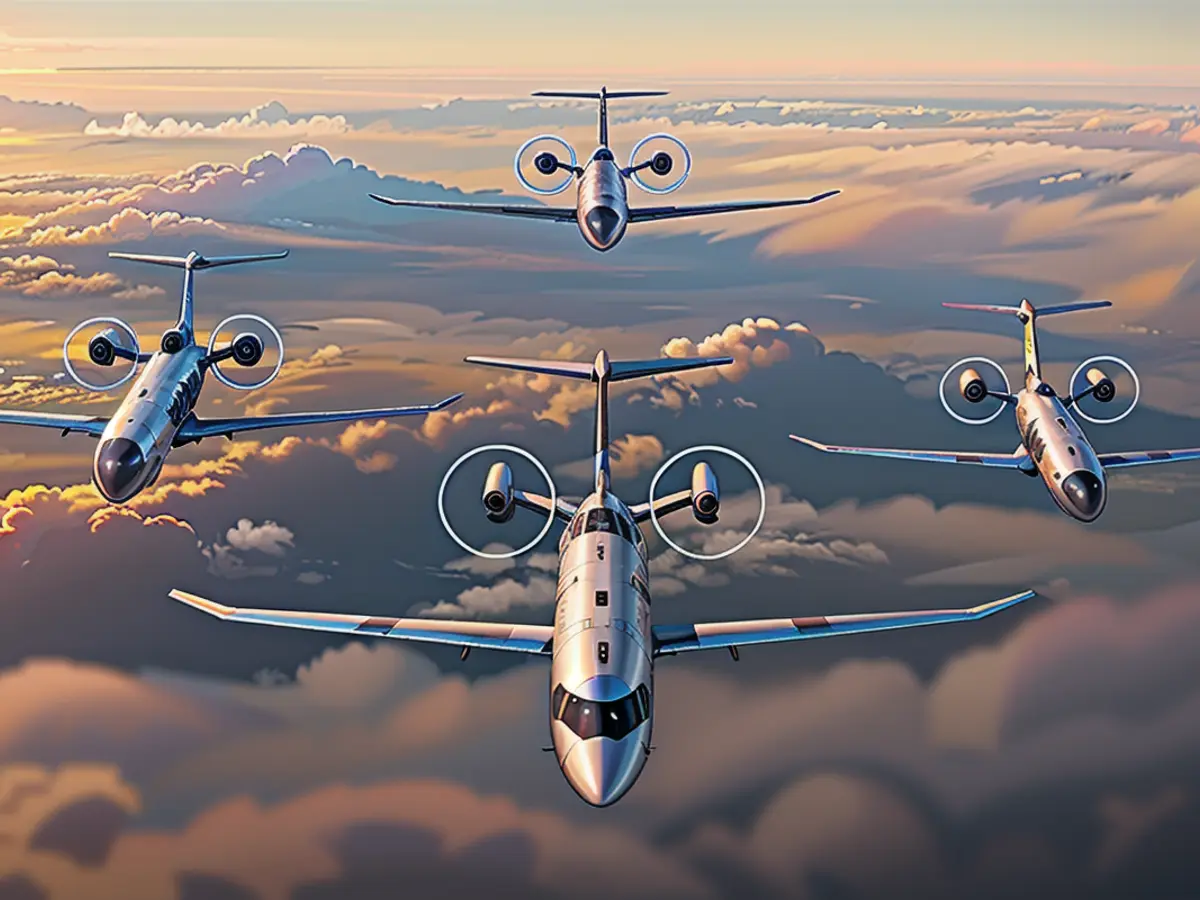Why these Brazilian aircraft beloved by travelers dominate short-distance flights
Embraer, a Brazilian aircraft manufacturer known for its narrow-body passenger jets, has been making quite a name for itself lately. It's on track to supply the entire regional fleet of American Airlines, and rumors suggest the company wants to take things even further. A recent report from the Wall Street Journal claims Embraer is planning to create a new narrow-body jet that can challenge the Airbus A320neo and Boeing 737 Max, which dominate the global market.
Embraer has denied these claims, but it's hard to ignore its resurgence. Just two weeks ago, Royal Jordanian Airlines received its 1,800th E-Jet aircraft, an E190-E2, making it the quietest and most fuel-efficient single-aisle jet available. Then, on May 7, Scoot Airlines received its first ever Embraer aircraft, also an E190-E2. And in the US, where Boeing has long reigned supreme, Embraer has been causing stirs. On March 26, United announced plans to refurbish its Embraer E175 planes, increasing storage space by a massive 80%. Skywest, the world's largest operator of Embraer's E175 aircraft, will be the beneficiary of these changes.
American Airlines is also hopping on the Embraer bandwagon. It recently purchased 90 E175 aircraft, meaning their entire regional fleet will be made up of Embraer planes by the end of the decade. During a quarterly call, CEO Robert Isom sang Embraer's praises. "The rest of the industry can learn a lot from them," he said, while throwing Boeing some shade by demanding, "Get your act together."
With Boeing's reputation in decline, analysts think there's an opportunity for another player to swoop in. "The door is open a little for a Boeing 737 replacement," says Robert van der Linden, curator of air transportation at the National Air and Space Museum. However, he cautions that creating a new aircraft is an arduous process, and the door may close again quickly.
Rodrigo Silva e Souza, Embraer's marketing VP, is examining potential options but cautions, "That's my job." Silva acknowledges that Embraer has the connections to succeed in the aviation market. "Designing, producing and delivering high-quality, highly reliable products is in our DNA," he says.

Embraer's record demonstrates that it can succeed against the odds. Founded in 1969 by the Brazilian government, its first success was the Bandeirante, a twin-turboprop aircraft used by the military. It entered commercial service in 1972 and was marketed towards "commuter companies." The company was privatized in 1994 and went public in 2000. By that time, van der Linden notes, it had already made a name for itself in the US.
"They found a very comfortable niche market for regional jets," explains van der Linden. By steering clear of head-to-head competition with Airbus and Boeing, Embraer carved out a space for itself. It caters to planes that carry between 35 and 150 passengers.
But to become a "Big Three" player in the industry, Embraer would need to create a new, larger aircraft to rival the 737MAX and the A320. Right now, Embraer planes can only carry a maximum of 146 passengers. The company would also need to significantly ramp up production - its 2023 tally of 181 jets, with 64 of them being commercial aircraft, is a far cry from the hundreds of planes it delivered in years prior to the pandemic.
Nevertheless, van der Linden believes Embraer has the potential to work its way to the top. "They already have the contacts and reputation," he says.
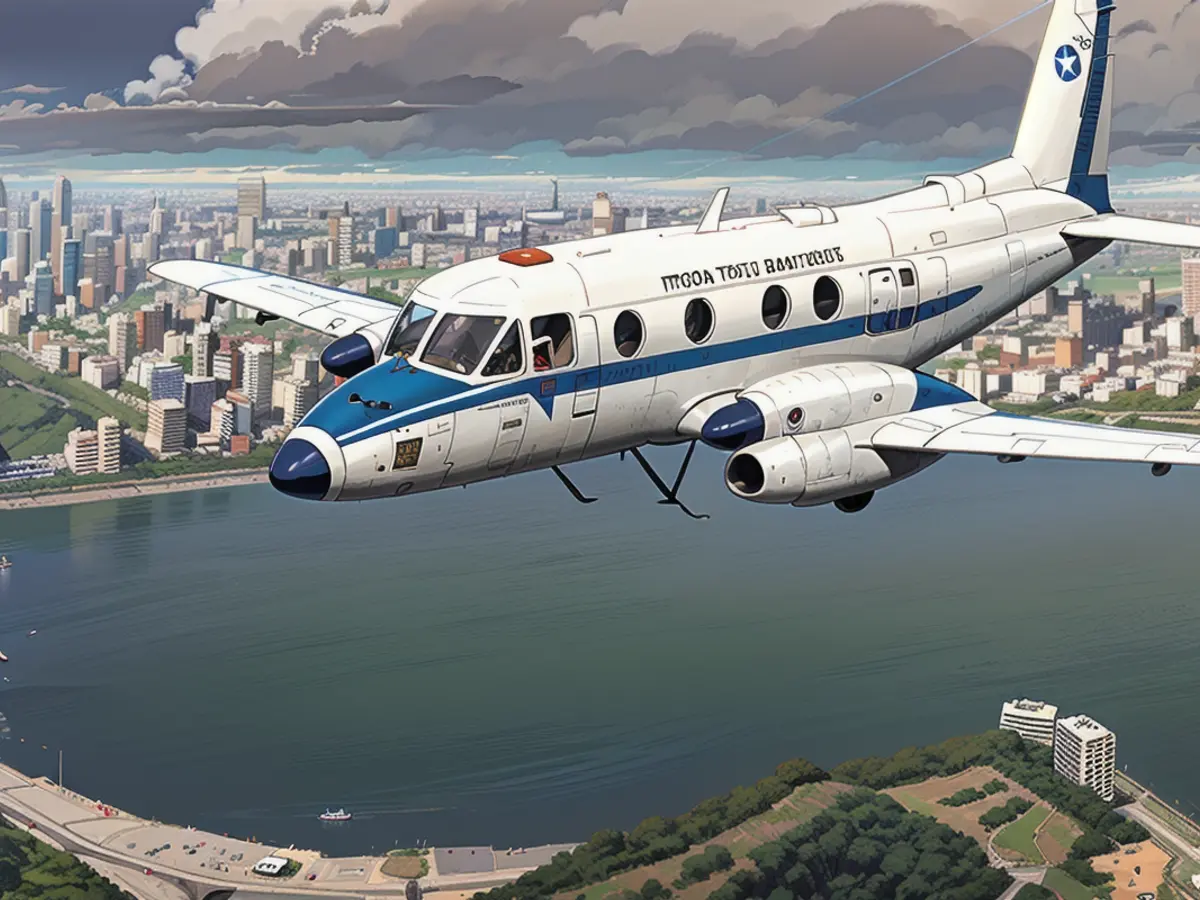
For his part, Silva points out that designing an aircraft takes at least a decade. "It's not something you can jump into quickly. There's a long process," he says. "But there's definitely room in the market."
In the regional market, Embraer faced intense competition from Canada's Bombardier, which sold its commercial manufacturing arm to Airbus in 2020. Embraer almost made a similar deal with Boeing in 2019, as the US airplane giant was set to own 80% of Embraer's commercial division before backing out in 2020. This could be seen as a lucky break for Embraer.
According to Silva e Souza, Airbus is now Embraer's primary rival.
How has Embraer managed to succeed where others have failed? Van der Linden credits Brazil's foresight. "The Brazilian government had an interest in establishing aviation and aerospace manufacturing since the 1940s," he said. This governmental support allowed Embraer to produce high-quality planes from the start, earning them a strong reputation.

Mario Overall, an aero historian from the Latin American Aviation Historical Society, calls Embraer an "exceptional" company. He attributes their global success to several factors, including their diverse product line (Embraer continues to manufacture military aircraft and private jets), their designs, export strategy, and cost-effective outsourcing supply chain. "Their versatility has enabled them to cater to a wide range of customers," he stated. However, he considers challenging Boeing a daunting task and doubts Embraer will develop a larger narrowbody.
Embraer's focus on sub-200 passenger planes – their largest, the E195, has a maximum capacity of 146 seats – makes them ideal for the US market, where major carriers fly small planes on regional routes. These planes are also used in less-trafficked regions in Latin America and Europe, as well as at challenging airports like London City, where 85% of the aircraft are Embraers due to its short runway and steep approach angle.
LOT Polish Airlines, Embraer's largest customer with 43 out of 75 aircraft, played a significant role in this success. "These aircraft have been instrumental in our strategy to expand our network," said Krzysztof Moczulski, a LOT spokesperson. "They allow us to confidently launch new routes and cater to destinations with initially lower demand. The Embraer fleet's reliability, efficiency, and passenger appeal make them indispensable."
Passengers, too, seem to be growing fond of Embraer. Koen Berghuis, editor-in-chief of travel blog Paliparan, enjoys Embraer's 82-seat ERJ-175. "It's really pleasant to fly on. You have so much legroom, shoulder room, and some airlines have really comfortable seating," he said. The benefit of Embraer's 2-2 configuration is also appreciated by Berghuis, as there are no middle seats. "You don't feel like you're in a sardine can, like on the Boeing 737 MAX," he added.
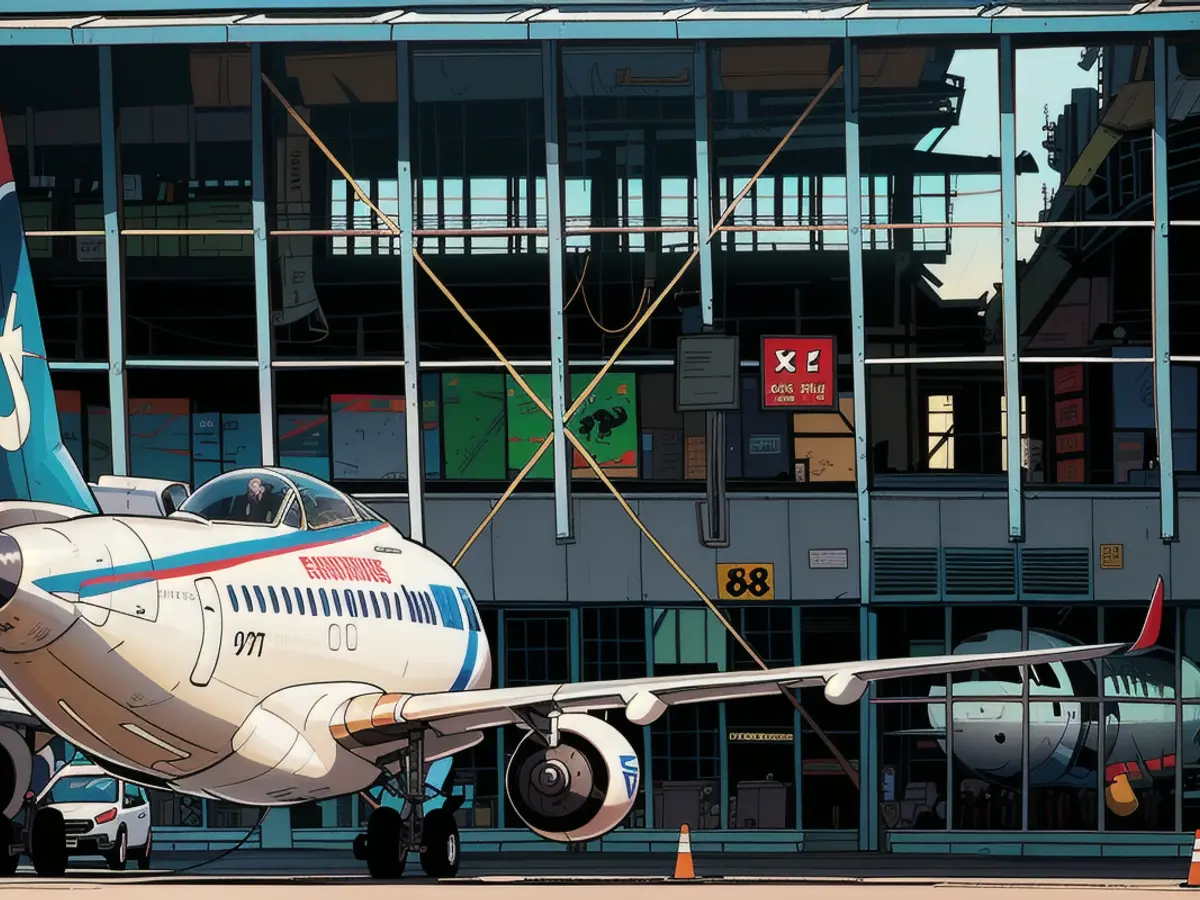
Paul Lucas, a travel vlogger, also seeks out Embraer flights. "It's really pleasant to fly on – it has big windows that let in a lot of cabin light," he says. "They feel like mainline jets inside, but have the operational benefits of a regional jet. They should get more recognition for their E-jet range," he remarked.
However, Lucas believes that Embraer's Brazilian origin may prevent it from garnering the same level of recognition as Boeing or Airbus. "In the US, Boeing is a flagship company. Americans were proud of it until recently. And Airbus is pan-European. Then there's Embraer," he remarked.
As Boeing struggles, there's speculation about whether Embraer may benefit. Silva e Souza labels Embraer's current focus as "harvesting" after "10-15 years of very strong development." He sees potential in the market for smaller, sustainable aircraft, which could be better suited to replace long drives. While he maintains that the company is concentrating on "harvesting," he also acknowledges that they're considering all options.
During the Dubai Airshow in November, Silva e Souza suggested that Embraer was assessing markets like the Middle East, where Boeing and Airbus currently dominate. He also hinted that Embraer sees the "middle market" – defined as 100-150 seats – as a growth area.
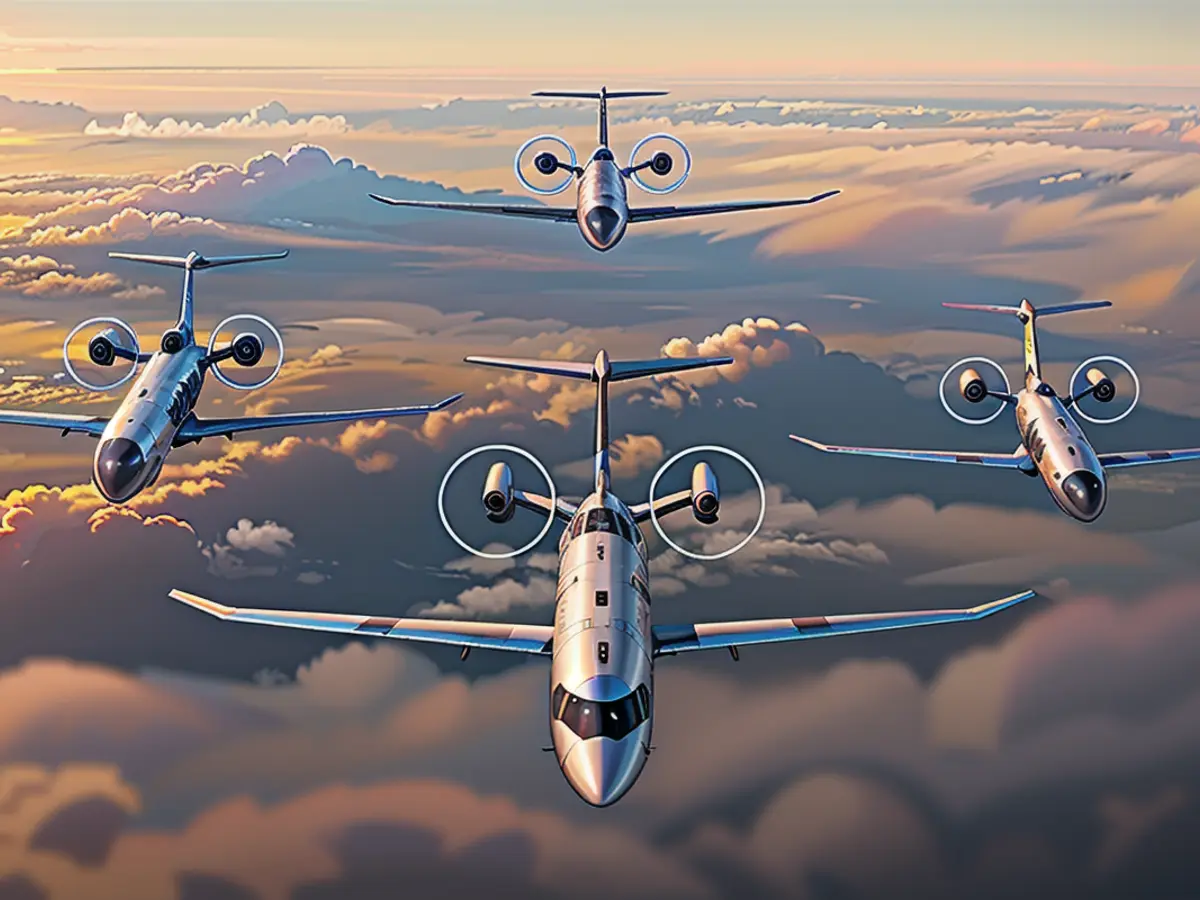
Do you think the "middle" size on the Boeing MAX could be slightly larger? The MAX has a starting capacity of 172 seats, which is not far off from the Embraer E2-195's seating of 146.
One potential competitor is Comac's C919, which is currently only certified to operate in China. Silva e Souza thinks that Chinese aircraft will eventually make their way onto the global market, but cautions that it may take a while.
Embraer isn't ignoring the situation, though. "We chat with investors. We continue to explore: smaller, bigger, commercial, defense - for each, we connect with partners to develop the business case. However, we haven't specifically focused on the [MAX rival].
"We're confident in our abilities. But it's a huge difference between making decisions for current situations and for a product that won't be released for another ten years."
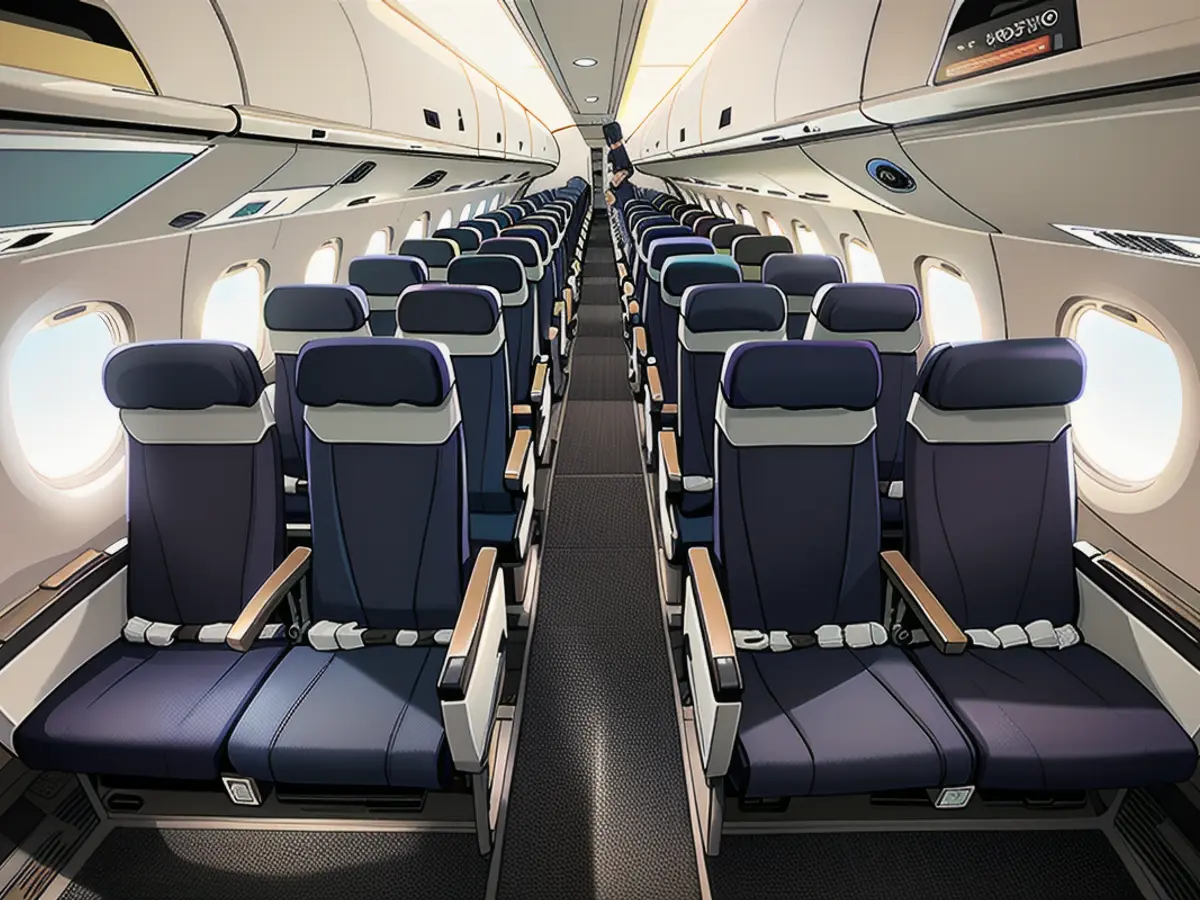
If Embraer does decide to jump in, there's a whole army of supporters eager to take off.
Read also:
- Fear of escalation in the Middle East: US Secretary of State Blinken travels to the region again
- Government circles: US Secretary of State Blinken to travel to Middle East again
- Bridging days 2024: How you can double your vacation this year
- Germany has wanderlust: how tour operators and airlines are looking ahead to the next travel year
Embraer's new jet, if it indeed challenges the Airbus A320neo and Boeing 737 Max, could significantly impact the aviation industry, as these two aircraft dominate the global market for short-distance flights.
With Embraer's success in supplying narrow-body passenger jets to major airlines and its plans to create a new aircraft, the company could potentially become a major player in the aviation industry, threatening the dominance of Boeing and Airbus in the short-distance travel market.
Source: edition.cnn.com
